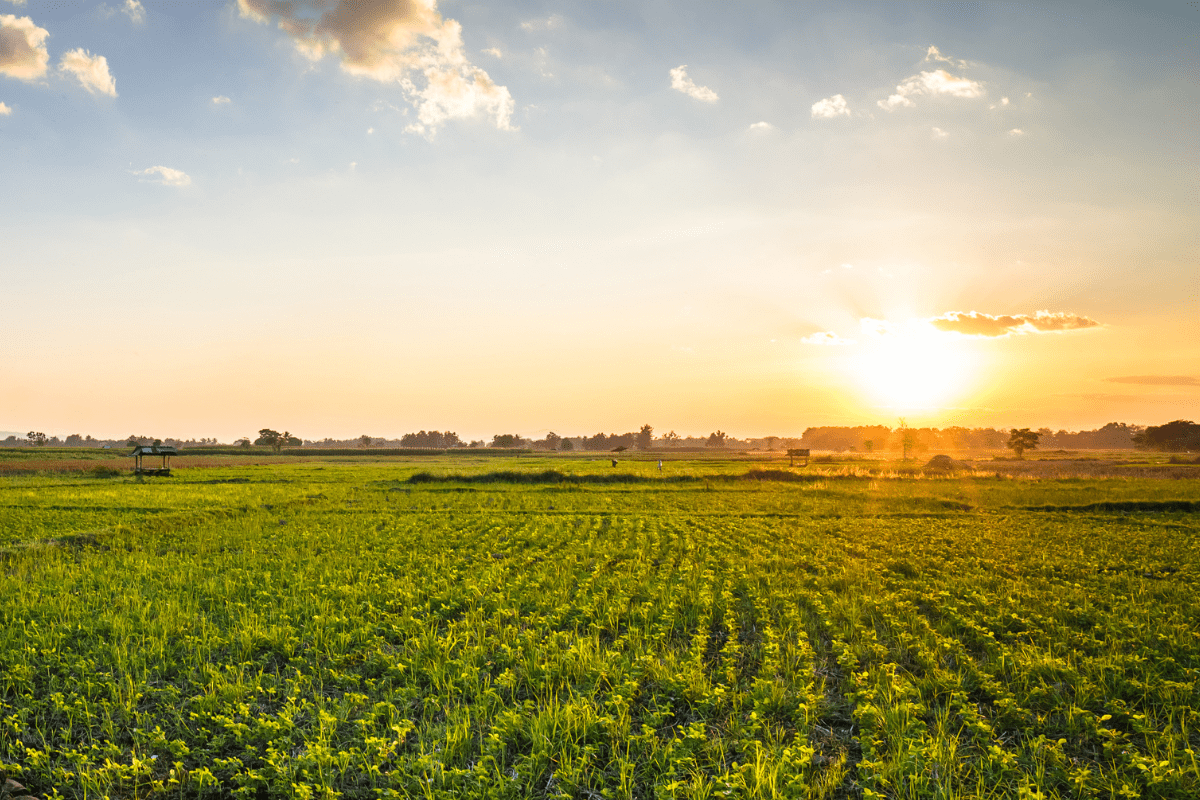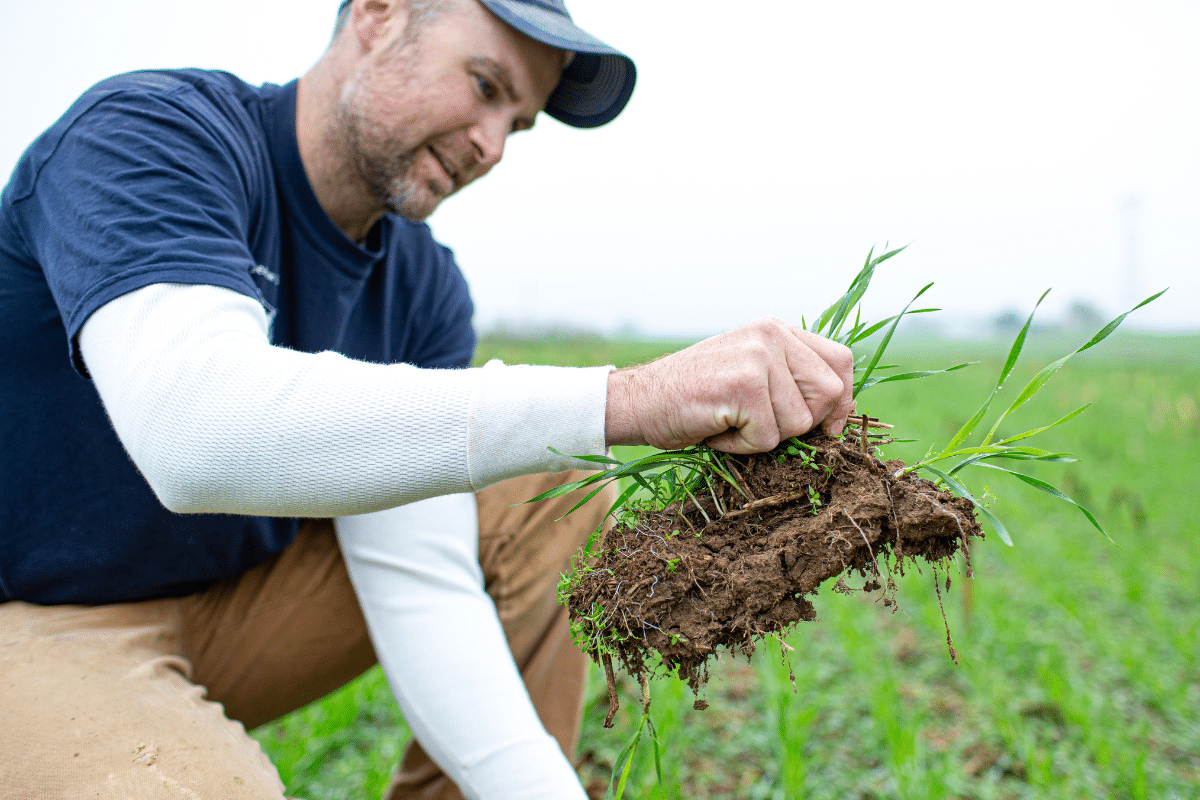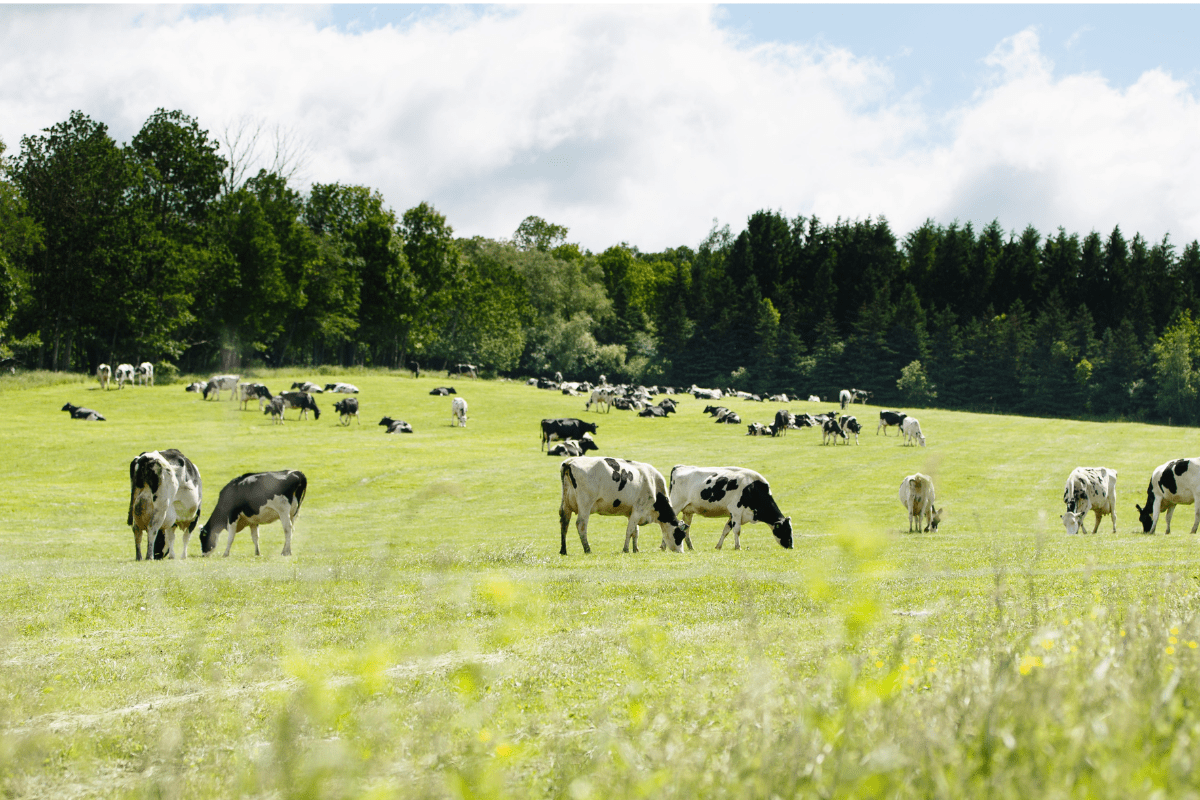From the Chesapeake Bay’s headwaters in New York, to along the Susquehanna River’s many tributaries, to within a short crabwalk to the Bay itself, dairy farmers take many steps to protect local water quality and their downstream neighbors. Read on to hear more of the sustainable story.
American Dairy Association North East joined longtime partner Alliance for the Chesapeake Bay to host a live discussion with dairy farmers Mike McMahon, Christian and Laura Landis, and Katie Dotterer-Pyle – all with dairy farms in different parts of the sprawling Bay watershed. We discussed their farm operations, environmental practices, and some of the challenges–and opportunities–to improve local waterways and ensure a healthy Chesapeake Bay.
Watch the recording!
After watching the video, and completing the survey, you’ll have the option of being entered to win something from our prize vault!
Meet the dairy farmers who participated in the Your Local Dairy Farmers – A Sustainable Story discussion:
Mike McMahon, E-Z Acres (Homer, New York)
E-Z Acres, a national sustainability award-winning farm, is 250 miles from the Chesapeake Bay, but a portion of the dairy farm lies within the Bay watershed–surface water from the farm makes the long trek via a small creek to the Tioughnioga River, then the Chenango River, the Susquehanna River, and eventually the Bay.
Brothers Mike and Pete McMahon, who own and operate the farm, take their roles as environmental stewards seriously. “I think we have a responsibility, when you farm in an environmentally sensitive area, to protect it,” says Mike. They have implemented numerous practices to enhance local water quality: preventing soil erosion on sloped fields, responsibly managing manure, and using vegetated buffers along streams help protect both ground and surface water. Their sustainable story has been shared nationwide.
Chris and Laura Landis, Worth the Wait Farms (Stevens, Pennsylvania)
Worth the Wait Farms is near the Conestoga River, a tributary to the Susquehanna River, which delivers half the freshwater that flows into the Chesapeake Bay. The land has been in the Landis family for seven generations. Christian and Laura Landis have taken many extra measures to ensure their farm is environmentally sustainable for future generations. They plant cover crops that are grown to “cover” and protect the soil during times when the primary crop is not growing, and no-till the land, which is a form of conservation tillage that plants crops directly into the previous crop residue without disturbing the land. “We do very little to no tillage here,” says Chris. “We don’t want to disturb our soil layers. And our cover crops hold soil in place to minimize erosion.”
The farm won an environmental stewardship award last year for their sustainable story, and participates in the Turkey Hill Dairy Clean Water Partnership, a collaboration throughout the dairy supply chain that leads to multiple environmental improvements. Their new heifer barn prevents stormwater runoff from washing manure away.
Katie-Dotterer-Pyle, Cow Comfort Inn Dairy (Union Bridge, Maryland)
Cow Comfort Inn Dairy is just an hour from Baltimore and 90 minutes from Washington, D.C. A small creek near the farm leads to the Monocacy River, which drains to the Potomac River en route to the Chesapeake. Since purchasing the farm several years ago, Katie Dotterer-Pyle and her husband David have made many changes to improve farm productivity and environmental performance. “We are dairy farmers — we love to take care of our cows and we love to take care of our land,” says Katie.
Katie and David installed new manure storage facilities and engage in cropping practices designed to minimize nutrient and sediment loss from their fields. They also recycle manure into comfortable bedding for the cows!




